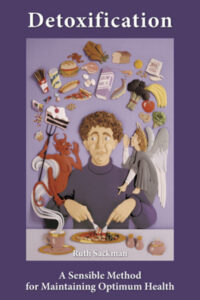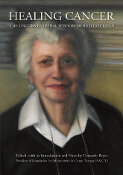The artichoke is believed to be native to the area around the western and central Mediterranean. The Romans were growing artichokes over 2000 years ago, and used it as a green and a salad plant.
Artichokes were brought to England in 1548, and French settlers planted them in Louisiana in the mid-nineteenth century. California is now the center of the artichoke crop, and its peak season is March, April, and May.
The name “artichoke” is derived from the northern Italian words :articiocco” and “articoclos.” which refer to what we know to be a pine cone. The artichoke bud does resemble a pine cone.
There is a variety of vegetable called the Jerusalem artichoke, but it is not a true artichoke. It is a tuberous member of the sunflower family. Here, we refer to the two types of true artichokes, the Cardoon (cone-shaped) and the Globe. The most popular variety is the Green Globe.
The artichoke is a large, vigorous plant. It has long, coarse, spiny leaves that can grow to three feet long. The artichoke plants may grow as high as six feet tall.
A perennial, the artichoke grows best in cool, but not freezing, weather. It likes plenty of water, and rain and fog, so is best suited to the California coast, especially the San Francisco area.
For a good quality artichoke, select one that is compact, plump, and heavy, yields slightly to pressure, and has large, tightly clinging, fleshy leaf scales that are a good color. An artichoke that is brown is old or has been injured. An artichoke is over mature when it is open or spreading, the center is fuzzy or dark pink or purple, and the tips and scales are hard. March, April, and May are the months when the artichoke is abundant.
The parts of the artichoke that are eaten are the fleshy part of the leaves and heart, and the tender base. Medium-sized artichokes are best—large ones tend to be tough and tasteless. They may be served either hot or cold, and make a delicious salad.
To prepare artichokes, cut off the stem and any tough or damaged leaves. Wash the artichoke in cold running water, then place in boiling water, and cook twenty to thirty minutes, or until tender. To make the artichoke easier to eat, remove the choke in the center, pull out the top center leaves, and, with a spoon, remove the thistle-like inside.
To eat artichokes, pull off the petal leaves as you would the petals of a daisy, and bite off the end.
Therapeutic Value of Articokes
Artichoke hearts and leaves have a high alkaline ash. They also have a great deal of roughage, which is not good for those who have inflammation of the bowel. They are good to eat on a reducing diet.
Artichokes contain vitamins A and C, which are good for fighting off infection. They are high in calcium and iron.
Nutrients in one pound of artichokes (including edible parts)
Calories: 60
Protein: 5.3 g
Fat: 0.4 g
Carbohydrates: 19.2 g
Calcium: 93 mg
Phosphorus: 160 mg
Iron: 2.4 mg
Vitamin A: 290 I.U.
Thiamine: 0.14 mg
Riboflavin: 0.09 mg
Niacin: 1.7 mg
Ascorbic acid: 22 mg





